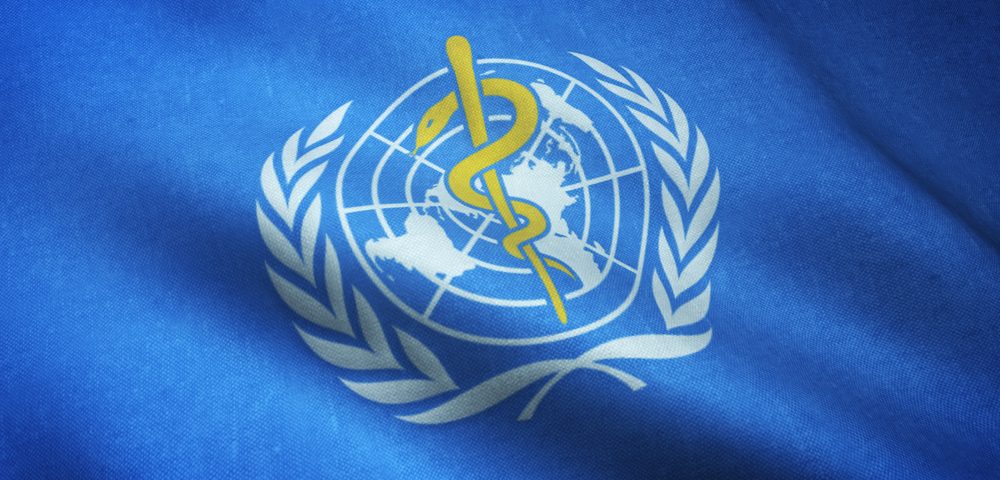Increased environmental pollution is associated with poor health and an increased incidence of health conditions such as pneumonia, according to reports from the World Health Organization (WHO).
Unhealthy environments caused by air pollution, smoke, unclean water, and lack of sanitation and hygiene account for 1.7 million deaths among children under the age of 5 — more than one in four children in this age group.
The impact of unhealthy environments can start early in a child’s development by increasing the risk of preterm birth. Also, exposure to smoke and polluted air raises the risk of pneumonia in young children and the lifelong risk of chronic respiratory diseases like asthma, along with cancer, stroke and heart disease.
One of the WHO reports, titled “Inheriting A Sustainable World: Atlas On Children’s Health And The Environment,” showed that pneumonia, diarrhea, and malaria, all of which are common causes of death among children ages 1 month to 5 years, can be prevented by reducing environmental risks, such as access to safe water and clean cooking fuels.
“A polluted environment is a deadly one – particularly for young children,” Margaret Chan, WHO director-general, said in a press release. “Their developing organs and immune systems, and smaller bodies and airways, make them especially vulnerable to dirty air and water.”
A companion report, titled “Don’t Pollute My Future! The Impact Of The Environment On Children’s Health,” provides a complete overview of the impact scale of unhealthy environments on children’s health. According to this report, every year 570,000 children under age 5 die from respiratory infections, including pneumonia, due to air pollution and second-hand smoke.
“A polluted environment results in a heavy toll on the health of our children,” said Maria Neira, WHO’s director of the Department of Public Health, Environmental and Social Determinants of Health. “Investing in the removal of environmental risks to health, such as improving water quality or using cleaner fuels, will result in massive health benefits.”
Current ongoing and environmental threats to children’s health include:
- Improper recycling of electronic and electrical waste (like cellphones): This increases the levels of toxins that can affect intelligence, attention, lung function, and also lead to cancer. This type of toxic waste is predicted to increase by 19 percent between 2014 and 2018.
- Climate change and increasing levels of carbon dioxide: This favors pollen growth and, consequently, rates of asthma among children. It is estimated that 11 to 14 percent of children under age 5 worldwide have asthma, and that 44 percent of these cases are due to unhealthy environments.
- Lack of basic services, such as clean water and sanitation, and use of unclean fuels: Children living in these conditions are at higher risk of diarrhea and pneumonia.
- Exposure to toxic chemicals in food, water, air and products: Exposure to certain chemicals such as lead, fluoride, and mercury pesticides can lead to developmental impairment.
Policies aimed at promoting safer environments, such as decreasing inside and outside levels of air pollution, improving water safety, sanitation and hygiene, and protecting pregnant women from second-hand tobacco smoke, will protect children’s health and decrease the incidence of disease and mortality.
Countries working under the Sustainable Development Goals (SDGs) are developing a set of targets to guide interventions for children’s environmental health, as well as to end preventable deaths of newborns and children under age 5 by 2030.


